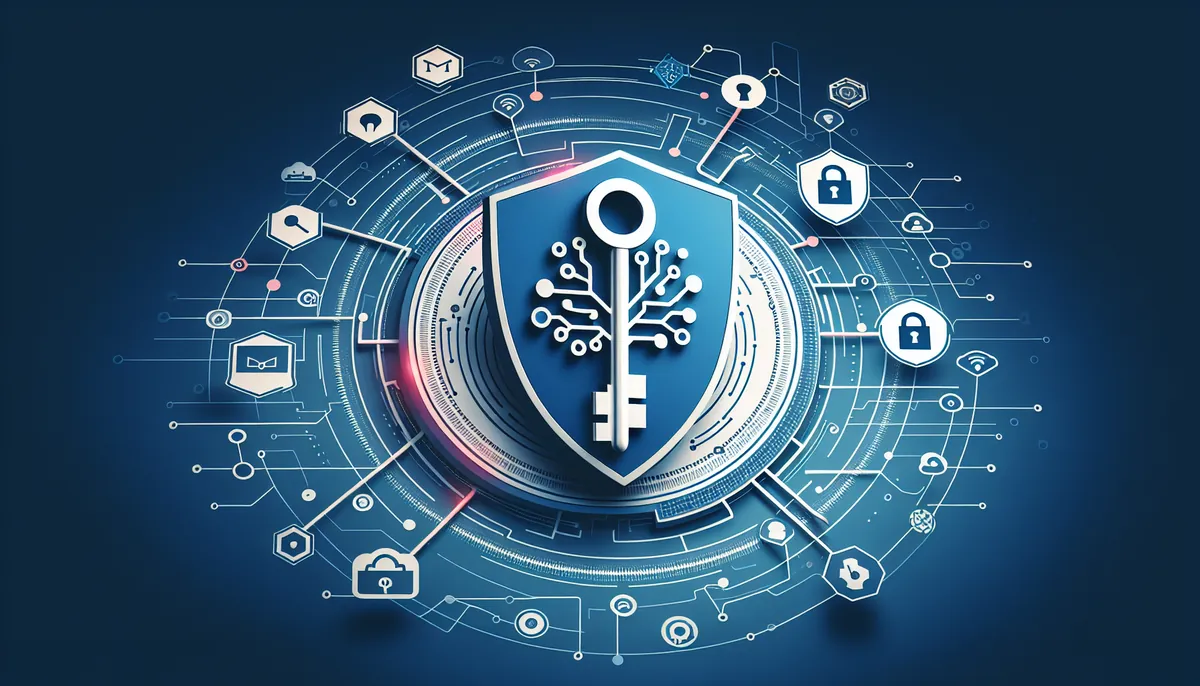The root user in Linux represents the highest level of system privilege and access. While powerful, it can also be dangerous when misused. Let’s dive deep into understanding the Linux root user, its capabilities, and best practices for secure usage.
The root user, also known as the superuser, has unrestricted access to all commands, files, and resources on a Linux system. This makes it both powerful and potentially dangerous if not handled with care.
Table of Contents
- What is the Root User?
- Understanding Root Privileges
- Security Best Practices
- Common Root-Related Commands
- Potential Risks
- Root Access Management
- Alternative Approaches
- Recovery Options
- Integration with System Security
- Best Practices Summary
- Conclusion
What is the Root User?
The root user is the administrative user account in Linux systems with user ID (UID) 0. This special account has unlimited privileges and can:
- Access any file on the system
- Execute any command
- Modify system configurations
- Create and delete user accounts
- Install and remove software
Understanding Root Privileges
Root privileges allow you to perform system-critical operations that regular users cannot. Some common operations requiring root access include:
- Installing system-wide packages
- Modifying system configuration files
- Managing user accounts
- Accessing protected system directories
- Starting and stopping system services
Security Best Practices
1. Avoid Using Root Account Directly
Instead of logging in as root, use sudo to execute commands with elevated privileges. This approach provides better security through:
- Accountability: All sudo commands are logged
- Limited exposure: Only specific commands run with elevated privileges
- Reduced risk: Less chance of accidental system damage
2. Configure Sudo Access Properly
To set up sudo access for a user:
# Add user to sudo group
usermod -aG sudo username
# Or edit sudoers file
visudo
Code language: PHP (php)3. Use Strong Authentication
Implement robust authentication measures:
- Set strong root password requirements
- Configure SSH key-based authentication
- Disable root login via SSH
Common Root-Related Commands
Switching to Root User
# Using su
su -
# Using sudo
sudo -i
Code language: PHP (php)Checking Current Privileges
# Display current user
whoami
# Check sudo privileges
sudo -l
Code language: PHP (php)Potential Risks
1. System Damage
With root access, you can accidentally:
- Delete critical system files
- Modify essential configurations
- Corrupt system databases
2. Security Vulnerabilities
Improper root usage can lead to:
- Unauthorized system access
- Malware infections
- Data breaches
Root Access Management
Limiting Root Access
Implement these restrictions:
- Configure sudo with specific command permissions
- Set up command logging
- Implement access time restrictions
- Use group-based access control
Monitoring Root Activity
Track root usage through:
# View sudo command history
cat /var/log/auth.log | grep sudo
# Check current sudo sessions
w
Code language: PHP (php)Alternative Approaches
Using sudo
Prefer sudo over direct root login:
# Instead of
su - root
# Use
sudo command
Code language: PHP (php)Implementing RBAC
Role-Based Access Control (RBAC) provides finer-grained privilege management:
- Define specific roles
- Assign minimum required permissions
- Regularly audit access levels
Recovery Options
Reset Root Password
If you lose root access:
- Boot into recovery mode
- Mount root filesystem
- Reset password using passwd command
Integration with System Security
Root access management is part of a broader security strategy:
- Regular security audits
- System monitoring
- Access control policies
- Incident response planning
Best Practices Summary
- Never use root account for regular tasks
- Implement proper sudo configuration
- Monitor and log all root activities
- Regularly review access permissions
- Maintain strong authentication
Conclusion
Understanding and properly managing root user access is crucial for Linux system security. By following these best practices and implementing proper controls, you can maintain system security while still enabling necessary administrative tasks.
Remember that with great power comes great responsibility – use root privileges wisely and only when absolutely necessary.


1 thought on “Understanding Linux Root User: A Complete Security Guide”